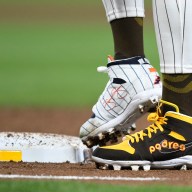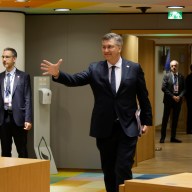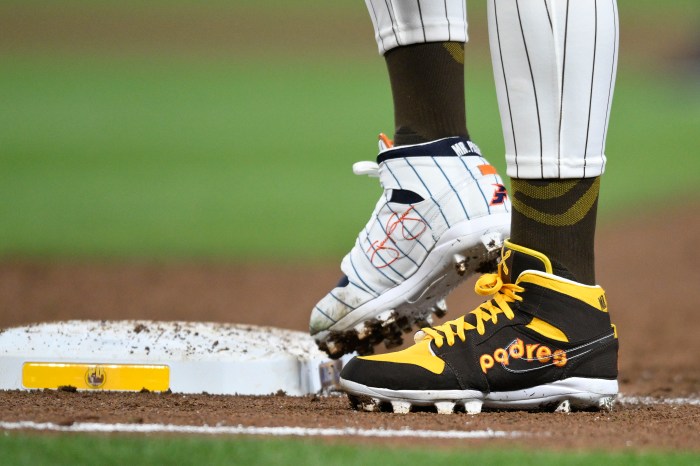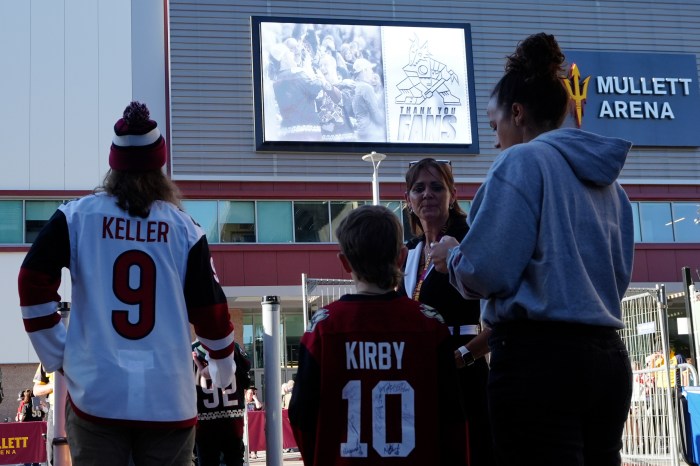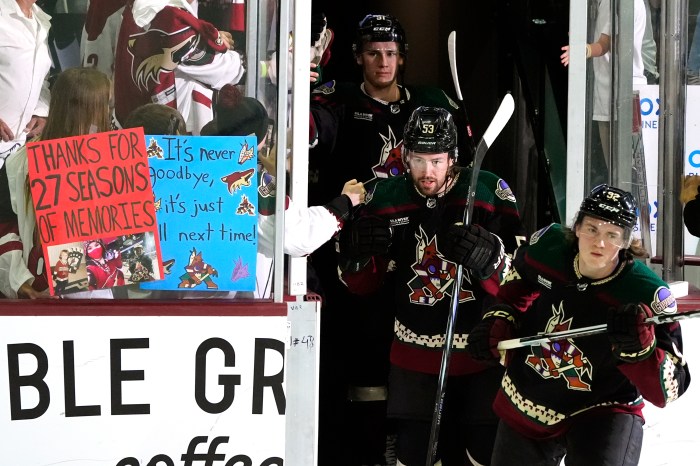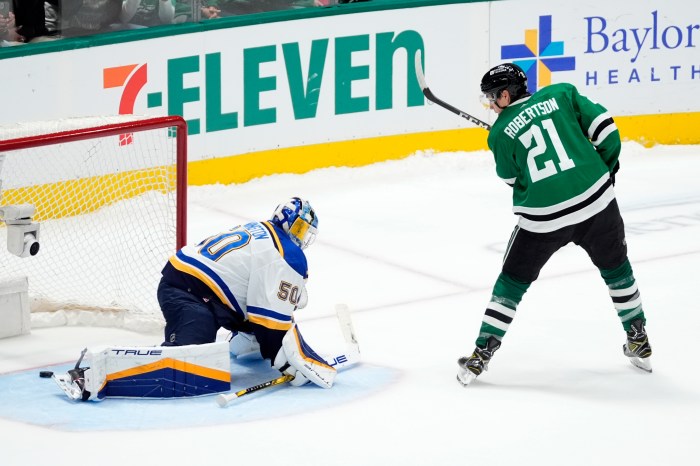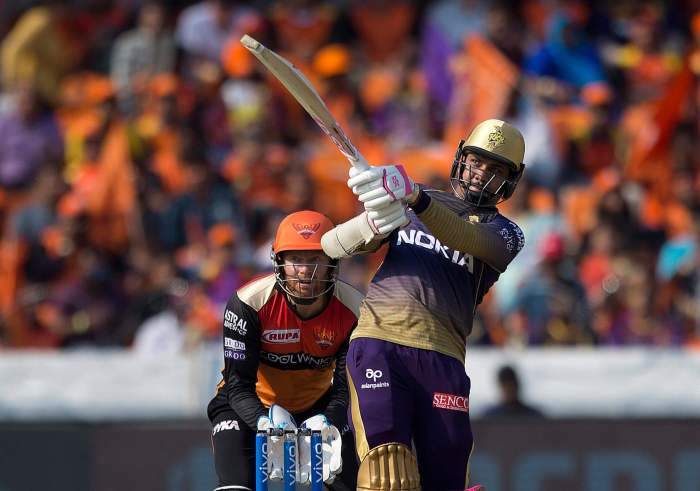By Simon Jennings
GANGNEUNG, South Korea (Reuters) – Whenever there is a lull in action at the big Olympic speed skating Oval in Gangneung, “Soju”, “Kloud” and “Pork Belly” make their way on to the ice.
The three Zamboni ice resurfacing machines hum slowly around the track smoothing out imperfections so athletes have a level playing field.
Their names are inspired by the things their highly skilled drivers enjoy most in Korea – “Kloud” is a local beer brand while “Soju” is the always abundant Korean liquor.
Unlike their predecessors at previous Olympic Games, the model 650 Zambonis used in South Korea are battery operated, and the changes have taken some getting used to.
“The sound is different, the way it shaves is a little bit different and we have to take opportunities to charge it at the right times,” ice master Mark Messer told Reuters.
Messer has six fellow Canadians – including his son Matt – and an American in his team, and the two countries have supplied the majority of the 37 drivers operating the 17 Zambonis at the Olympics.
Over at the figure skating rink, which doubles as the short track venue, Remy Boehler has eight Americans, four Koreans, two Japanese and a Frenchman on his team.
The two sports require different kinds of ice, and Boehler’s crew work nearly round the clock to make sure they get it right.
Maintaining the temperature is tricky, and along with factors like humidity, technicians need to adjust for temperature variation because of the crowds.
“For the short track we need a temp of -7 degrees (Celsius), for the figure skating it’s -3.5,” Boehler said.
“It doesn’t stay constant and I need to keep adjusting the settings, more water or less water, more shave or less shave. It’s why I need really good drivers.”
TOP-CLASS SURFACES
The small number of ice rinks in Korea is why the ice masters have been forced to import their talent and the teams behind the scenes have produced surfaces that have allowed the athletes to make history.
On Tuesday, the world record in the figure skating ice dance was broken twice, with Canadia’s Tessa Virtue and Scott Moir crowned champions.
Later, the Netherlands set a world record to claim bronze in the women’s 3,000m short track relay at the same venue.
“I felt in advance the ice wasn’t going to be good (before the relay),” Boehler said.
“We changed some settings and after 20 minutes I felt it getting better and that’s when we had the world record.”
At the curling track, a smaller ice scraper is used under the watchful ice of ice master Hans Wuthrich.
“We maintain the ice sheet after every draw, scrape it and pebble it so it’s the same for every country,” he said.
Pebbling involves a technician – in this case Wuthrich’s deputy Mark Callan – moonwalking down the ice and misting the surface with droplets of water.
“They all copy me, I taught them that,” said Wuthrich, who has been plying his trade for four decades.
The pebbles reduce friction as the curling stone moves down the ice and give it the ability to curve, or curl.
“The trick is to get a pebble spread that’s perfect for the whole sheet of ice,” Wuthrich added.
The crews all know each other and breakfast together was a regular feature until the Games got into full swing.
“I guess there’s an ice technicians’ brotherhood in some ways,” Messer said.
“We share the same victories, we share the same griefs sometimes. We talk, we share information and equipment and try to help each other out.”
(This story corrects day in paragraph 13)
(Editing by Greg Stutchbury)

